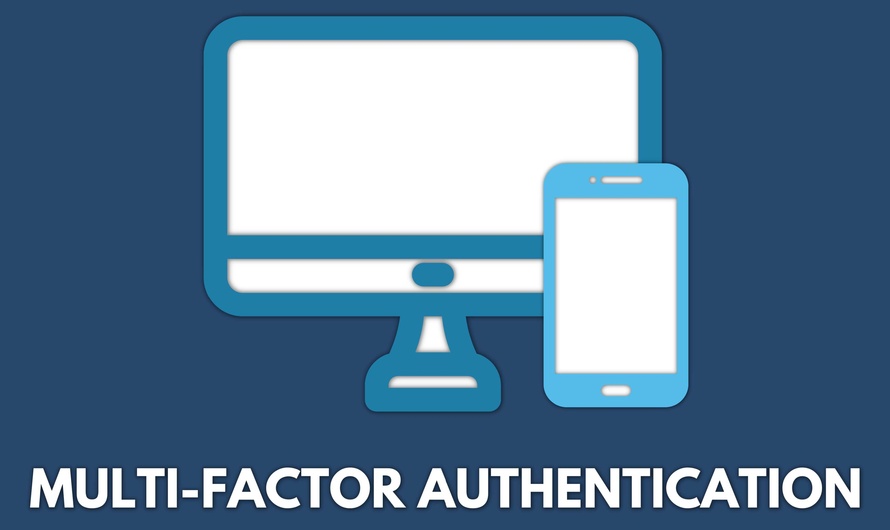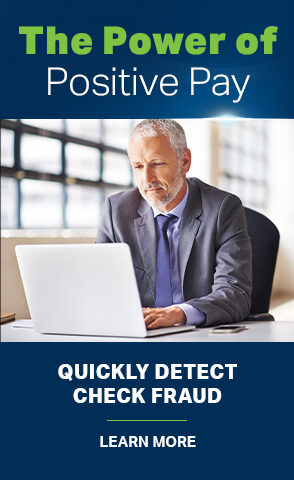- Something You Know: Password/passphrase, pin number.
- Something You Have: Security token or software application, verification text, call, email, or smart card.
- Something You Are: Fingerprint, facial recognition, voice recognition.
Multi-Factor Authentication

Have you noticed how security breaches, stolen data, and identity theft are consistently front-page news these days? Perhaps you, or someone you know, are a victim of cybercriminals who stole personal information, banking credentials, or more. As these incidents become more prevalent, you should consider using multi-factor authentication (MFA), also called strong authentication, or two-factor authentication.
This technology may already be familiar to you, as many banking and financial institutions require both a password and one of the following to log in: a call, email, or text containing a code. By applying these principles of verification to more of your personal accounts, such as email, social media, and more, you can better secure your information and identity online.
MFA is defined as a security process that requires more than one method of authentication from independent sources to verify the user’s identity. In other words, a person wishing to use the system is given access only after providing two or more pieces of information which uniquely identifies that person.
HOW AND WHEN MFA SHOULD BE USED
There are three categories of credentials: something you either know, have, or are. Here are some examples in each category:






